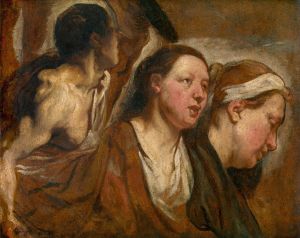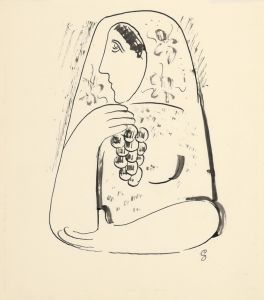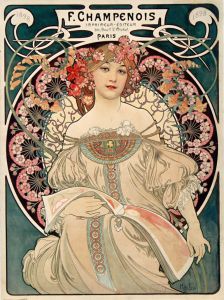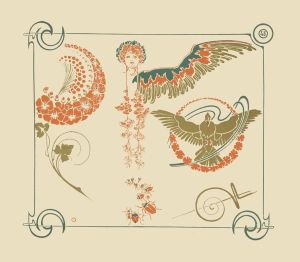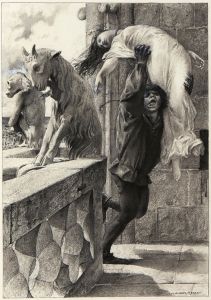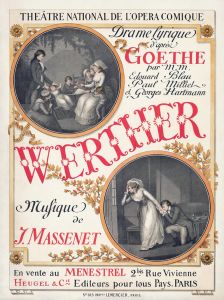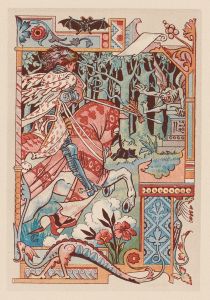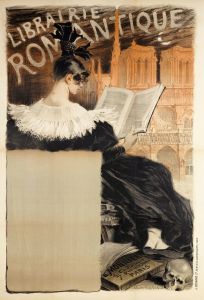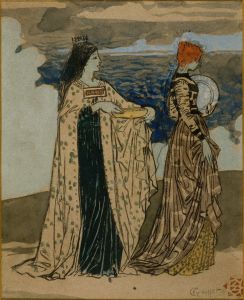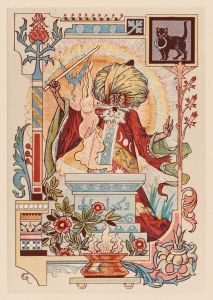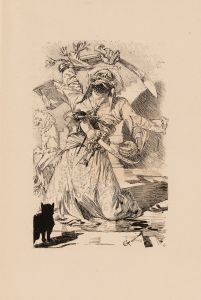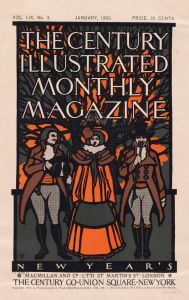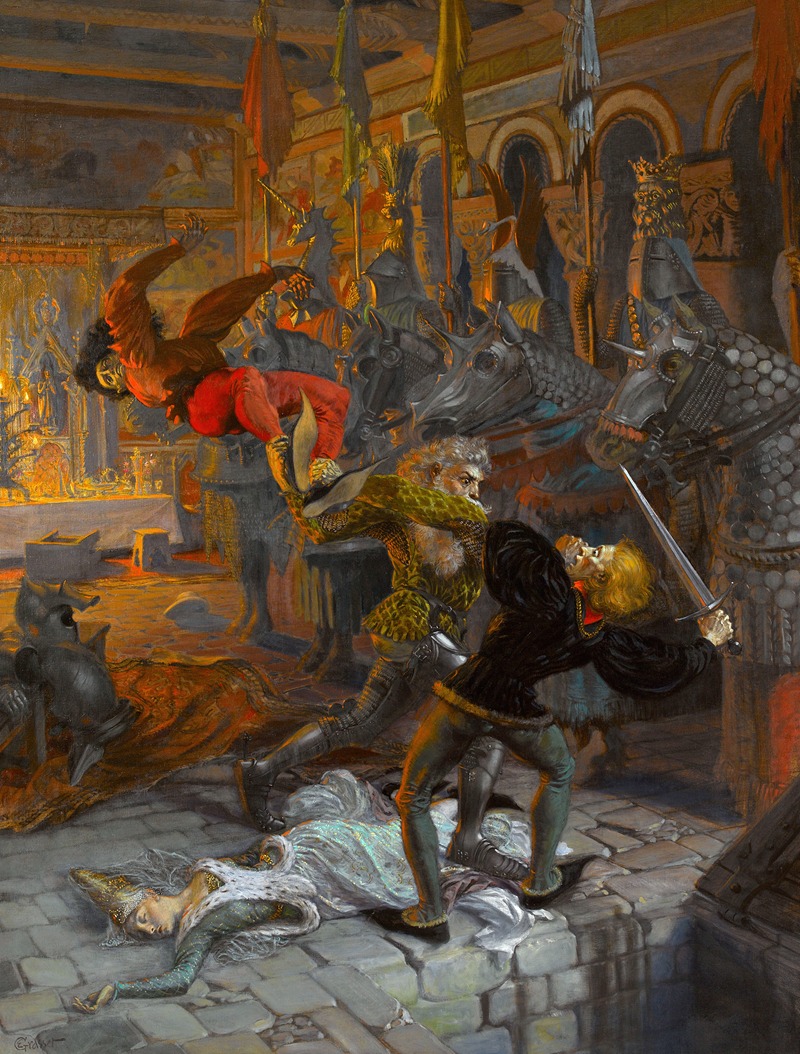
Eviradnus
A hand-painted replica of Eugène Grasset’s masterpiece Eviradnus, meticulously crafted by professional artists to capture the true essence of the original. Each piece is created with museum-quality canvas and rare mineral pigments, carefully painted by experienced artists with delicate brushstrokes and rich, layered colors to perfectly recreate the texture of the original artwork. Unlike machine-printed reproductions, this hand-painted version brings the painting to life, infused with the artist’s emotions and skill in every stroke. Whether for personal collection or home decoration, it instantly elevates the artistic atmosphere of any space.
Eviradnus is an artwork created by the Swiss-born French artist Eugène Grasset, who was a prominent figure in the Art Nouveau movement. Grasset was known for his diverse artistic talents, which spanned illustration, graphic design, and decorative arts. Born in Lausanne, Switzerland, in 1845, Grasset moved to Paris in 1871, where he became an influential artist during the late 19th and early 20th centuries.
Eviradnus is one of Grasset's notable works, reflecting his distinctive style that combines elements of medieval art with the flowing lines and organic forms characteristic of Art Nouveau. Grasset's work often drew inspiration from medieval themes, mythology, and literature, which is evident in Eviradnus. The artwork is believed to be an illustration related to Victor Hugo's poem "Eviradnus," from the collection "La Légende des siècles" (The Legend of the Ages), published in the 19th century. Hugo's poem tells the story of a noble knight named Eviradnus, who embodies chivalric virtues and heroism.
Grasset's interpretation of Eviradnus captures the essence of the medieval knight, emphasizing the romantic and heroic aspects of the character. The artwork likely features intricate details, rich colors, and a composition that highlights Grasset's skill in blending historical themes with the aesthetics of his time. As with many of Grasset's works, Eviradnus would have been created using techniques that were popular in the Art Nouveau period, such as lithography or illustration, which allowed for detailed and vibrant depictions.
Eugène Grasset's contribution to the Art Nouveau movement and his influence on graphic design and illustration were significant. He was one of the first artists to embrace the Art Nouveau style, and his work helped to shape the visual language of the period. Grasset's designs were not limited to paintings and illustrations; he also created posters, textiles, furniture, and stained glass, showcasing his versatility and creativity.
Throughout his career, Grasset was associated with various artistic and literary circles in Paris, collaborating with other artists and writers of his time. His work was exhibited in numerous salons and exhibitions, gaining recognition for its unique blend of historical and contemporary elements. Grasset's legacy continues to be appreciated for its contribution to the development of modern graphic design and its role in the broader context of the Art Nouveau movement.
While specific details about the artwork Eviradnus may be limited, Eugène Grasset's overall body of work remains an important part of art history, reflecting the cultural and artistic shifts of the late 19th and early 20th centuries. His ability to merge the past with the present in his art continues to inspire and influence artists and designers today.





